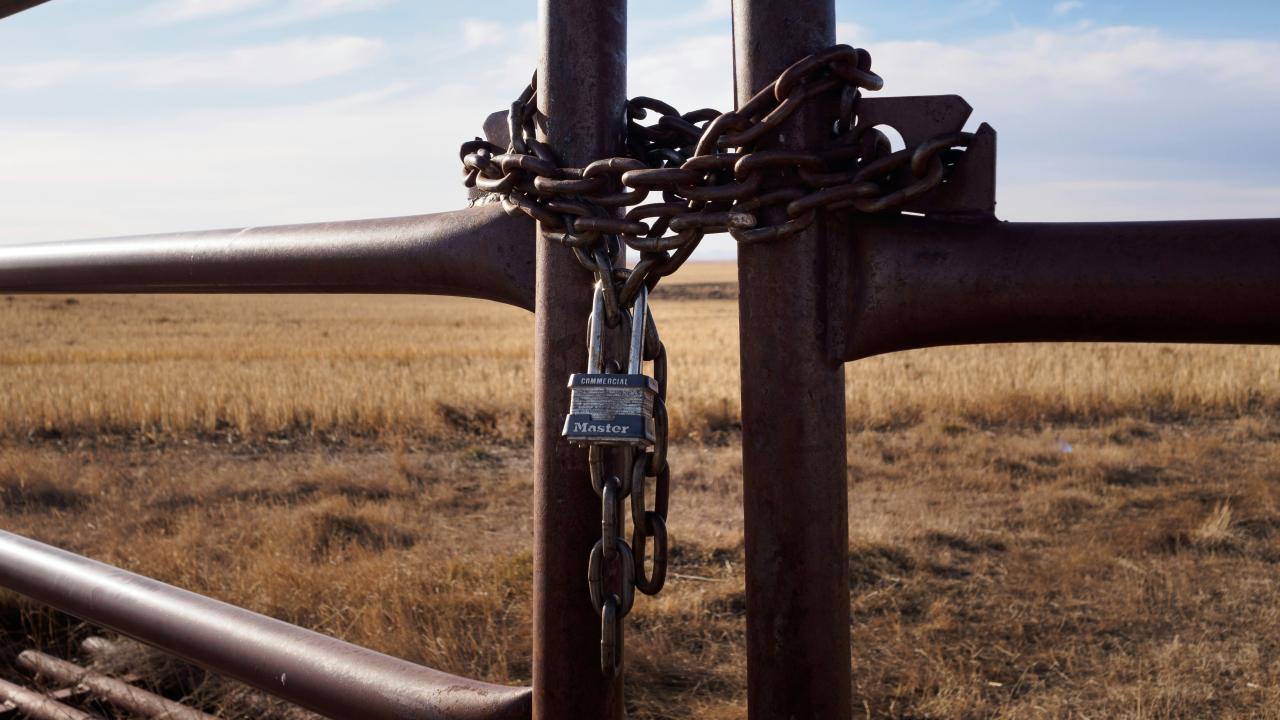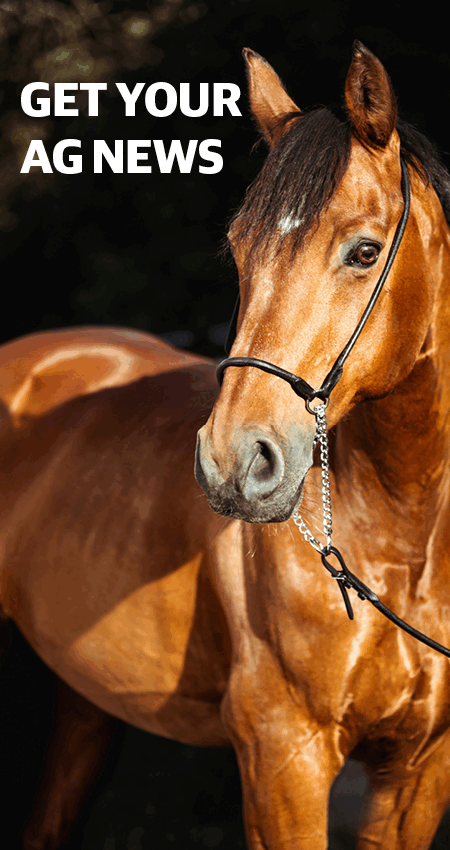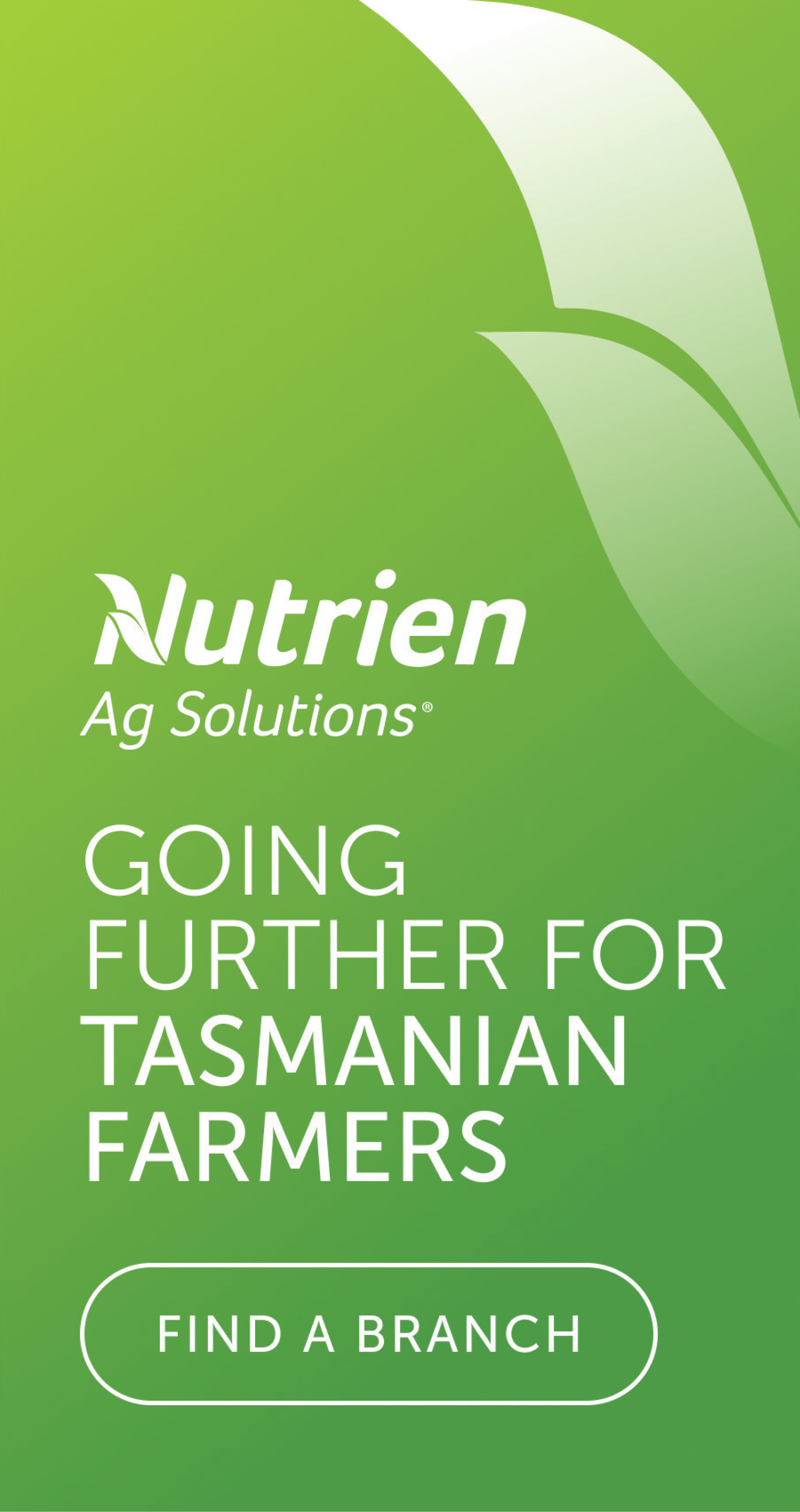TasFarmers Matters - Cost burden does not rate

ONE of the easiest things to do is to identify problems.
Criticism of governments at all three levels is a case in point.
We can all say what is bad, who has done the wrong thing or how things have gone off track.
Our parliamentary system is based around this – oppositions oppose and governments without answers avoid, mumble, blame others and generally side-step the point.
Much harder is to outline solutions to issues that might seem complex.
TasFarmers has been vocal over the past six months about the inequities and unfairness of methods for determining local government rates for primary producers.
We have had many responses from local governments across the state telling us we are wrong, but to date, unable to tell us how or why we are wrong.
We have even had the Northern Midlands Council try to tell us that the amount farmers pay in rates doesn’t matter because it is tax-deductible.
But even a TCE accounting student would know that it comes off your taxable income – it’s not a rebate. TasFarmers is extremely confident that we are on the right track, and our research and data show empirically that farmers carry an unfair burden when it comes to demands by councils for rates.
The problem as we see it is very clear.
The solution is also clear, but it will take action from a government – the next Tasmanian government – to remedy. But first, a quick recap.
The basis for determining rates on private property in Tasmania is the Annual Assessed Value.
This is set, by the state government, at four per cent of the value of the property as determined by the Valuer General.
The figure is arrived at as an estimate of a property’s rental return value.
For residential property, that is probably accurate.
For example, a $400,000 home should be able to attract $16,000 a year in rent, or a shade over $300 a week.
However, if we apply that same calculation to a working farm with an average value of $10m, that figure comes out at $400,000 a year – which is well in excess of the market value for renting or leasing land.
There are many farms rented (or leased) for activities such as cropping and agistment - leasing ground for cropping is very common across the fertile soils of the North West, North East, and down into the Central North and Fingal Valley.
While there are many and varied ways of determining the market value for the rental or lease on farmland, it essentially revolves around two per cent of land value.
So, if we are to have a fair system of AAV calculation in Tasmania, the rates calculation for land used in primary production with commercial return should be based on two per cent not four per cent.
Which brings the argument to the rate that councils use to determine the final sum that they charge farmers. This is the cent in the dollar amount calculated against the AAV.
At the low end of the scale is George Town, who levy 0.01833 cents in the dollar – at the top end of the scale is Devonport, who levy 0.092244 cents in the dollar.
On this calculation, in George Town Council, a $10m farm would be charged $8,740, in Devonport Municipality, $37,209.60. Same value farm, same state, same markets, but very different rates.
To this point, no council or their representative has been able to explain why they should be different across the 29 councils that this state of about 540,000 people has. TasFarmers, at this state election, wants to see the party who forms government instruct the Valuer General to determine that the Annual Assessed Vale rate for primary production land is two per cent.
Furthermore, the next government should mandate that the maximum cent in the dollar rate for primary production land is 0.01833.
Any rate rise that exceeds CPI + one per cent must have the approval of the Local Government Minister and all councils must publicly benchmark their key performance indicators – if councils are as efficient as some claim, then this will show with clarity their efficiencies.
If Tasmania is truly focussed on reducing red tape and unnecessary regulation and costs on Tasmania’s core regional eco nomic driver, then this should be a simple fix to an ongoing and intensely unfair impost on primary producers.
Farmers, during the last days of this election campaign, ask the candidates as they ask you for your vote, “Will you reduce the local government rates imposed on farmers?”
Serious local government reform is far deeper than the number of councils now or in the future, but which party has the future-focused vision to undertake it?




Add new comment